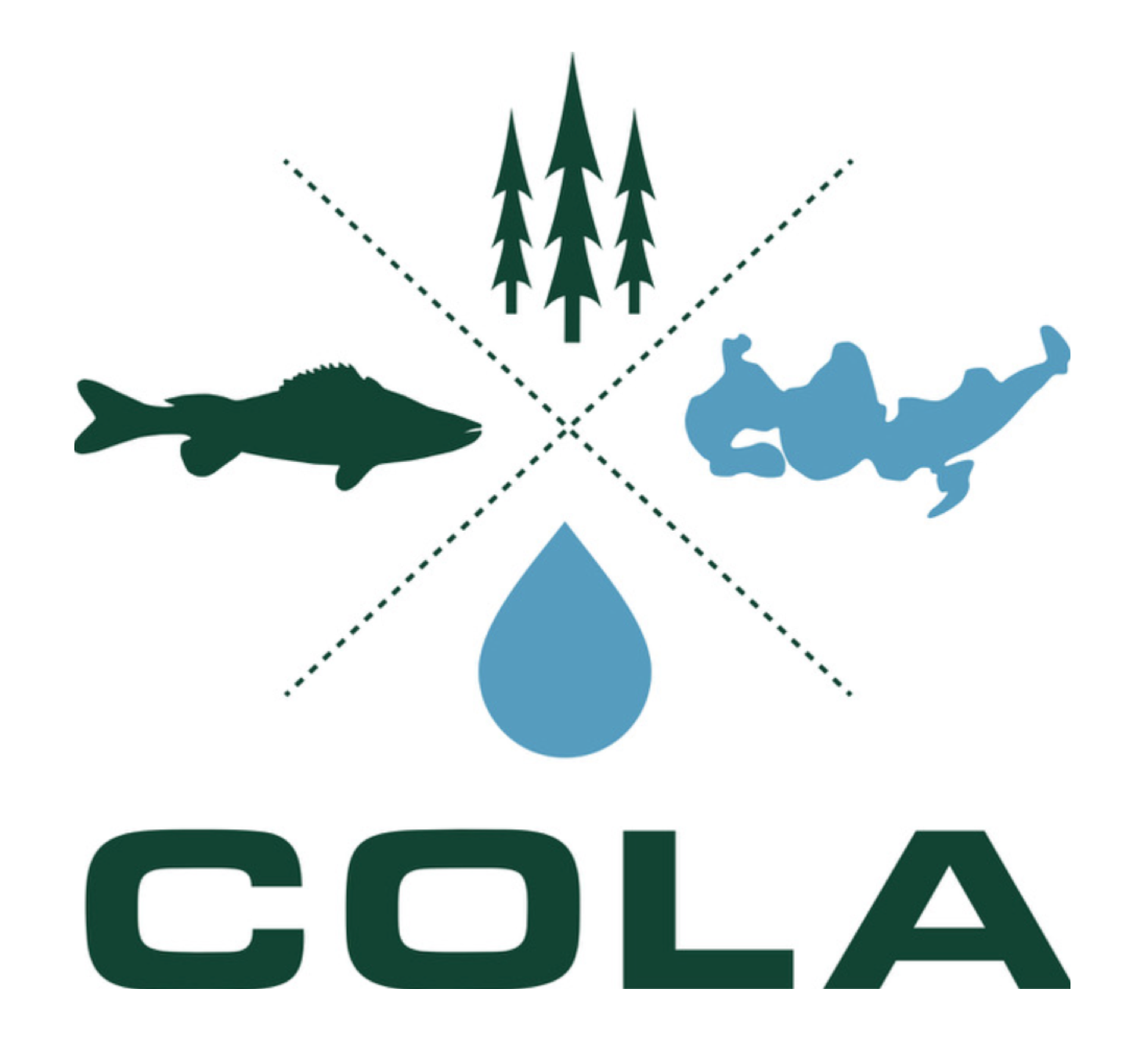COLA and the LCO Tribe
A Partnership to Save the Lake
Lac Courte Oreilles, with its exceptional water quality, has been the historical attraction to the area. The Lac Courte Oreilles Band of the Lake Superior Chippewa (the “Tribe”) has resided in the Lac Courte Oreilles area since the early 1700s. The Tribe’s early, bustling village was situated on the isthmus between Big and Little Courte Oreilles. While the eastern third of Lac Courte Oreilles now is Reservation land, the Tribe’s hunting, fishing and gathering rights extend to all of Lac Courte Oreilles. In the late 1800s fishing attracted non-natives to the lake. Fishing lodges were established, followed by early cabins and then the general recreational use of the lake that we all enjoy today.
But deteriorating water quality now threatens the attraction to Lac Courte Oreilles. COLA and the Tribe have a vested interest in preventing this. As a result, in the late 1990s COLA joined efforts with the Tribe to save the lake. Since 1996, the Tribal Conservation Department under the direction of Dan Tyrolt has been testing and monitoring Lac Courte Oreilles. In 1998, using Tyrolt’s data, the COLA and the Tribe published the first Nutrient Budget for Lac Courte Oreilles that scientifically established the sources of phosphorus input into the lake. In the 2005 trial against the Musky Bay cranberry farmer, the court relied in part on Tyrolt’s data to conclude that the Musky Bay cranberry operation was the “primary source of phosphorus entering Musky Bay.”
The Tribe’s continued monitoring and testing of Lac Courte Oreilles was critical to the Lac Courte Oreilles Lake Management Plan published by COLA in February 2011 that concluded, among other things, that the cranberry discharges to the lake had to be eliminated. The combined COLA and Tribal efforts have culminated in preliminary impaired water status for Musky Bay that, when finalized, will make grant money available for restoration of Musky Bay, as long as the phosphorus inputs have stopped.
COLA, the Tribe and the Wisconsin Department of Natural Resources are also engaged in a comprehensive Total Maximum Daily Load (TMDL) study that, when published later this year, will further identify the sources of phosphorus degradation of our lake. Finally, the Tribe, with support and assistance from COLA, is seeking “state status” to set enforceable water quality standards for Lac Courte Oreilles.
This partnership between COLA and the Tribe will save the Courte Oreilles Lakes for future generations.

